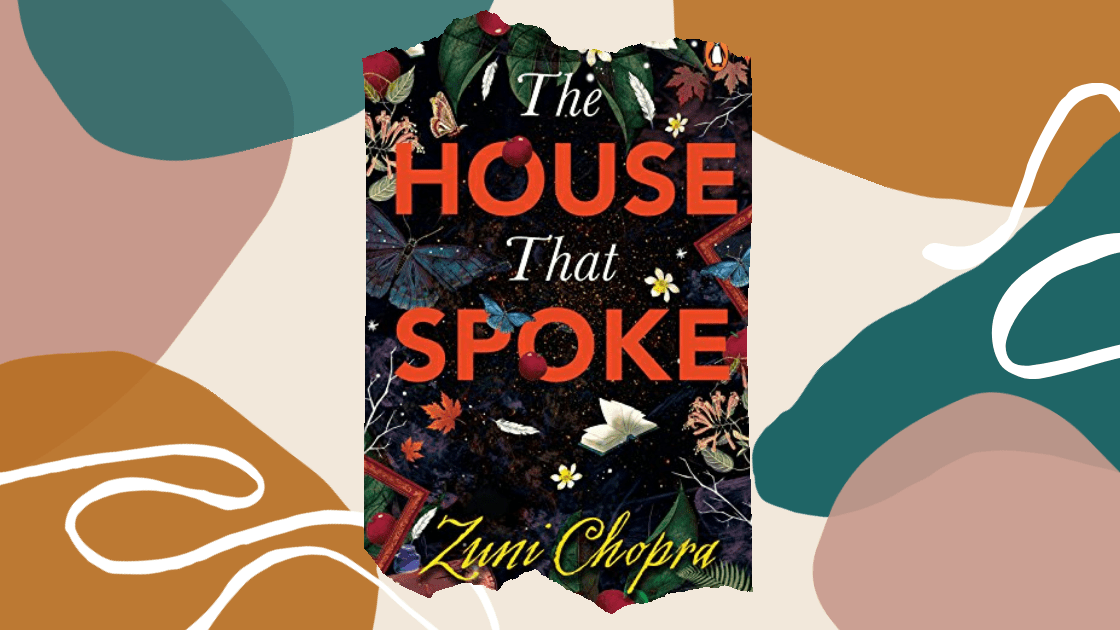The Bones of Grace by Tahmima Anam carries a deeply profound sadness that is difficult to escape. It speaks of such absolute raw and bare emotions that it is hard to keep yourself distanced from it. The second person point of view used in the novel adds to this devastating feeling of the inescapable. The narrative pulls the reader deeper, forcing to confront some of the inevitable realities of human life.
One such reality that shapes the novel as well as human relationships is a sense that we are incomplete and we will not be able to overcome it. We just have to live with it.
As Elijah Strong says at the very start of the novel, “Loneliness is just part of being a person. We long for togetherness, for connection, and yet we’re trapped in our own bodies. We want to know the other fully, but we can’t. We can only stretch out our hands and reach.” This crushing truth permeates The Bones of Grace from the very beginning. Each character is endowed with different shades of incompleteness or a loneliness that haunts all human existence.
Elijah Strong is the character to whom the entire novel is addressed. Zubaida Haque is the narrator. She is from Bangladesh and is a paleontologist studying at Harvard University. Zubaida met Elijah because of a serendipitous coincidence at a concert at Sanders Theatre. Their conversation started on an odd note that is perhaps possible only among complete strangers. Zubaida, submerged in Shostakovich’s Symphony 5, recalls a vivid childhood memory she had suppressed and reveals to Elijah, the complete stranger, about her being adopted. This strange introduction led to the two getting to slowly know and understand each other.
Zubaida has a seemingly well planned life. She has supportive roommates in America. She is selected to go to Dera Bugti in Pakistan to dig out the fossils of the walking whale, Ambulocetus natans. She is betrothed to her childhood friend and sweetheart, Rashid. However, her world collapses when her dig comes to an abrupt end and she returns to Dhaka. She is tormented with the nagging thought that she has lost an opportunity to make a dent in the world.
Moreover, meeting Elijah makes her imagine infinite possibilities beyond the ones set for her in Dhaka. Despite her sense of unease with the world, Zubaida lets the events unfold as they were expected to in Dhaka.
The one dent Zubaida makes is when she volunteers to help a British researcher, Gabriela, record the precarious lives of the ship breakers at the ironically named, Prosperity Ship Breaking, in Chittagong.
The scenes at the ship breaking company further the total desolateness of the novel. It is this setting or point where all the strands of the novel come together: her life with Rashid, her love for Elijah and her need to know her true origins.
Beautifully interwoven is the metaphor of the walking whale and its ambivalent nature. The walking whale was a mammal living eons ago on land but turned to the sea, unlike all others who were beginning to migrate from sea to the land.
Zubaida associates herself with this ambivalence because she has also been thrown against the tide of the world. Just like she wants to unearth the mysteries of the walking whale, she wants to find the mysteries of her origins too. She wants to give her otherwise fragmented self a sense of tangible, unshakeable identity.
The Bones of Grace is a deeply moving novel that leaves you distraught because it makes you think about your own tenuous link with the past and the wider universe. It makes you feel small, but also provides courage to face an intransigent dichotomy of human life: of being connected to others through myriad identities yet being truly connected only to your own self and body.
Even though this book is the final installment of Tahmima Anam’s Bengal Trilogy, the novel can be read as a standalone. Characters from the previous two novels do come in but are on the margins. The story also portrays cities of Bangladesh, Dhaka and Chittagong, giving the reader a glimpse into the life of the privileged in this country.
If the movie, Lion, moved you with its raw treatment of fated identities, The Bones of Grace will make you similarly introspective and emotional.



















